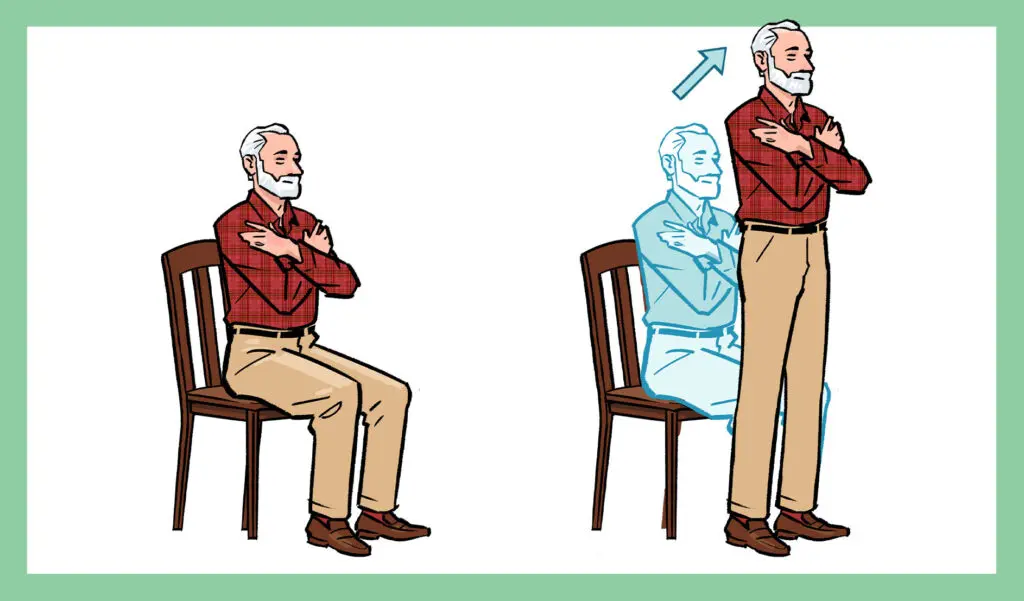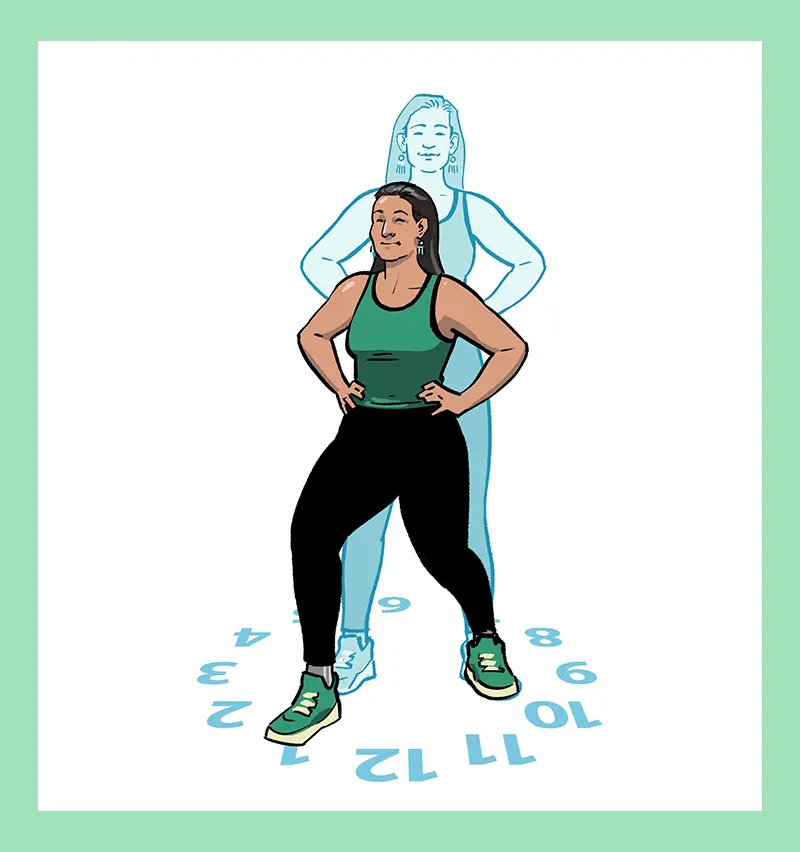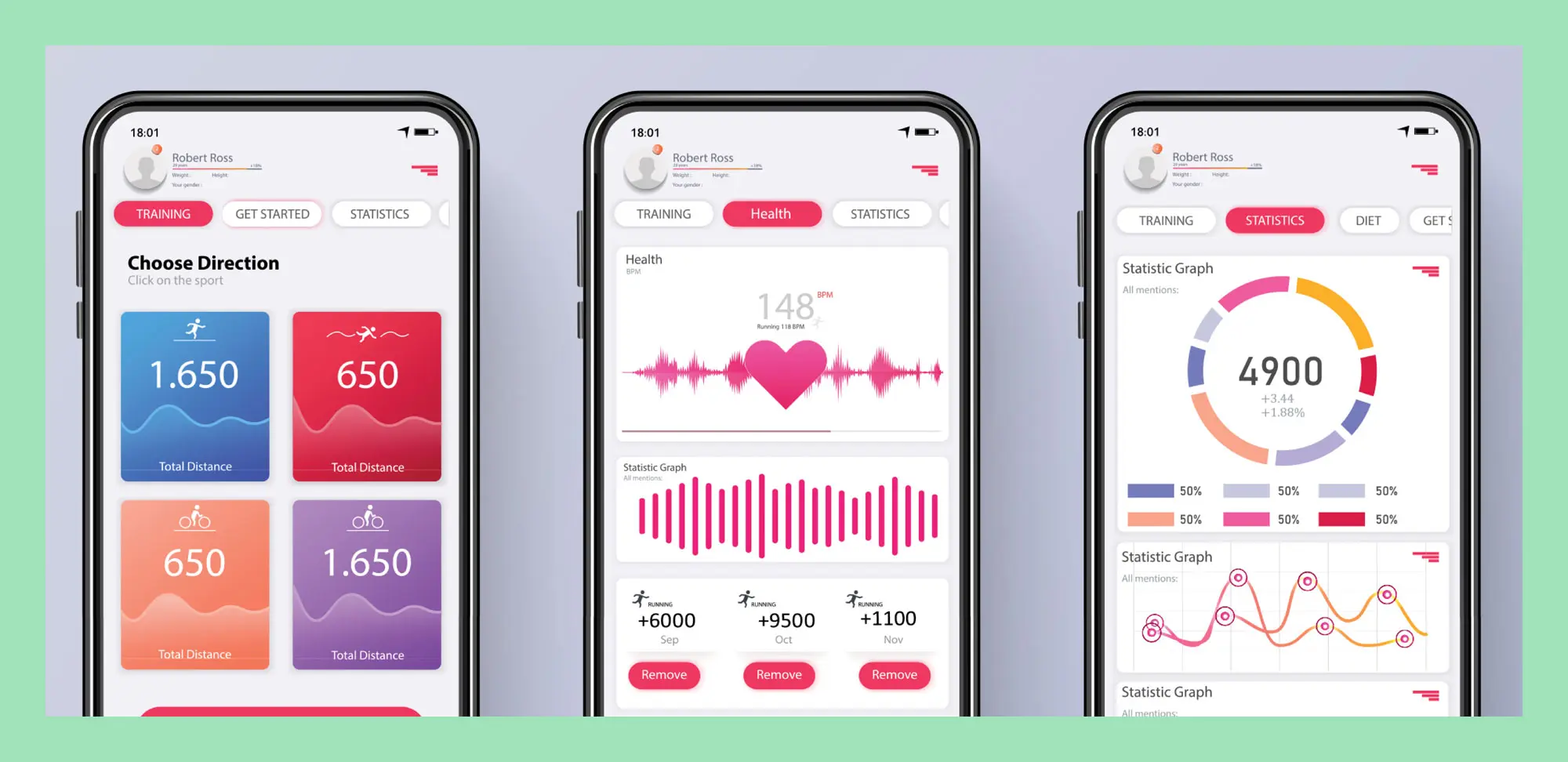Power training is in the spotlight as one of the most important exercises we can do as we age.
Consider that lifting luggage to an overhead bin, transferring your body from a wheelchair to a car seat, or (heaven forbid) getting to a restroom in time are all activities of daily living that require a burst of power to assist muscles to do your bidding.
“Power is essentially related to our muscles and any activity we’re doing with them,” explains Liza Stathokostas, interim executive director and research director at Active Aging Canada. “While strength training is very important because you want to maintain or build your muscles, researchers are starting to see, more and more, that a lot of functional activities are more correlated with power. The difference between strength and power is there’s an element of speed within how that movement is taking place.”
So whether you’re using your legs or arms, it’s about connecting mind to muscle and making a motor neuron connection, “and you have to practise that,” Stathokostas says.
Here’s how to test your power – and build it up.
Test your power
Test your power using one of these industry-standard fitness tests developed by Human Kinetics for the Senior Fitness Test Manual. Use the sit-to-stand test; if you have mobility or orthopedic issues, use the biceps-curl test. If you have other health issues, speak to your doctor and see a physical or occupational therapist for assistance with your fitness goals.
Do these test moves as quickly as possible while maintaining good form.

1. Sit-to-stand test. Sit on the edge of a chair that doesn’t have arm rests and is securely braced against a wall. Cross arms over your chest, rest hands on your shoulders and keep your feet flat on the floor, shoulder-width apart. Set a timer for 30 seconds and count how many times you can stand up and sit down (that move counts as one time).
Results: Men over 65 should be able to do 12 or more; women over 65 should be able to do 11 or more. A lower score indicates a need to power up.

2. Biceps-curl test. Sit comfortably and hold a weight with your dominant arm, arm stretched out long with the palm of your hand facing toward your body. Use a weight that allows you to comfortably do at least 5 to 7 biceps curls, such as a heavy food can or a 5- to 10-pound free weight. With your other arm braced against your body, curl your arm up by bending the elbow through a full range of motion. Return to the starting position – that counts as one move. Start a timer for 30 seconds and count how many biceps curls you can do.
Results: Men over 65 should be able to do 15 or more; women over 65 should be able to do 12 or more. A lower score indicates a need to power up.
Build your power
These five exercises that mimic the moves of everyday living are creative ways to build power. Stathokostas notes that the key to power training is in the quickness of the move.

Wall push-ups
Stand in front of a wall with your feet shoulder-width apart and your hands around shoulder height on the wall. Lean forward and bend your elbows while keeping your back and legs in a straight line. Now, push yourself off the wall more quickly than you’re accustomed to (this makes it a power exercise). Repeat 2 to 3 sets of 8 to 10 repetitions.

If you use a wheelchair or prefer a chair, do a triceps press instead: Sit in a chair with armrests. Hold on to the armrests and straighten your arms, and if you can, lift your body an inch or two off the chair seat. Lower yourself slowly. To make it a power exercise, push up more quickly than you’re accustomed to. Repeat 2 to 3 sets of 8 to 10 repetitions.

Ball-throw
You can sit or stand to do this exercise. Use a soft-sided volleyball-sized or smaller ball and either throw it back and forth with a friend or throw it against a wall (schools often have clear wall spaces for this type of activity). Throw the ball as fast as you can to develop power in your muscles. Repeat 2 to 3 sets of 8 to 10 repetitions – or more if you’re having fun!

Lunge around the clock
Stand up straight with feet apart and imagine you’re standing in the middle of a clock. Hold on to a walker or chair if that makes you more comfortable. Face straight ahead – that’s 12 o’clock – and step out with your right leg to number 1 on the clock, then push yourself back to the starting position. Repeat this move to each number on the right side of the clock: 2, 3, 4, 5 and 6. Switch legs and step out to the numbers on the left side of the clock, starting with 11 and finishing at 6. The power/quicker movement is the push back to the starting position. Repeat 2 to 3 sets on both sides.

Bug squash around the clock
Stand up straight or sit in a chair. Tap the toes of your right foot to quickly squash a bug on the floor (speed is the goal). Start with your right foot and squash the bug in the direction of the 1 on a clock and return to starting position. Continue to squash the bug toward 2, 3 and then 4, and let your upper body shift as needed in order to aim at the number. Change sides and squash the bug with your left foot at 11, 10, 9 and 8. Repeat 2 to 3 sets on both sides.

Power-building step/wheel-up
Use a step or other platform that you can step up onto (if you use a wheelchair, use a short wheelchair ramp). Stand tall with arms at your sides and step up quickly, leading with your right foot, then following with your left. Pause and return to starting position with less speed. Repeat 8 to 10 times. Change sides and step up leading with your left foot, then following with your right. Repeat 2 to 3 sets on both sides. If you are using a wheelchair, to start roll the wheels forcefully and quickly to get to the top of the ramp. Pause and passively roll back to starting position. Repeat 2 to 3 sets of 8 to 10 repetitions.










